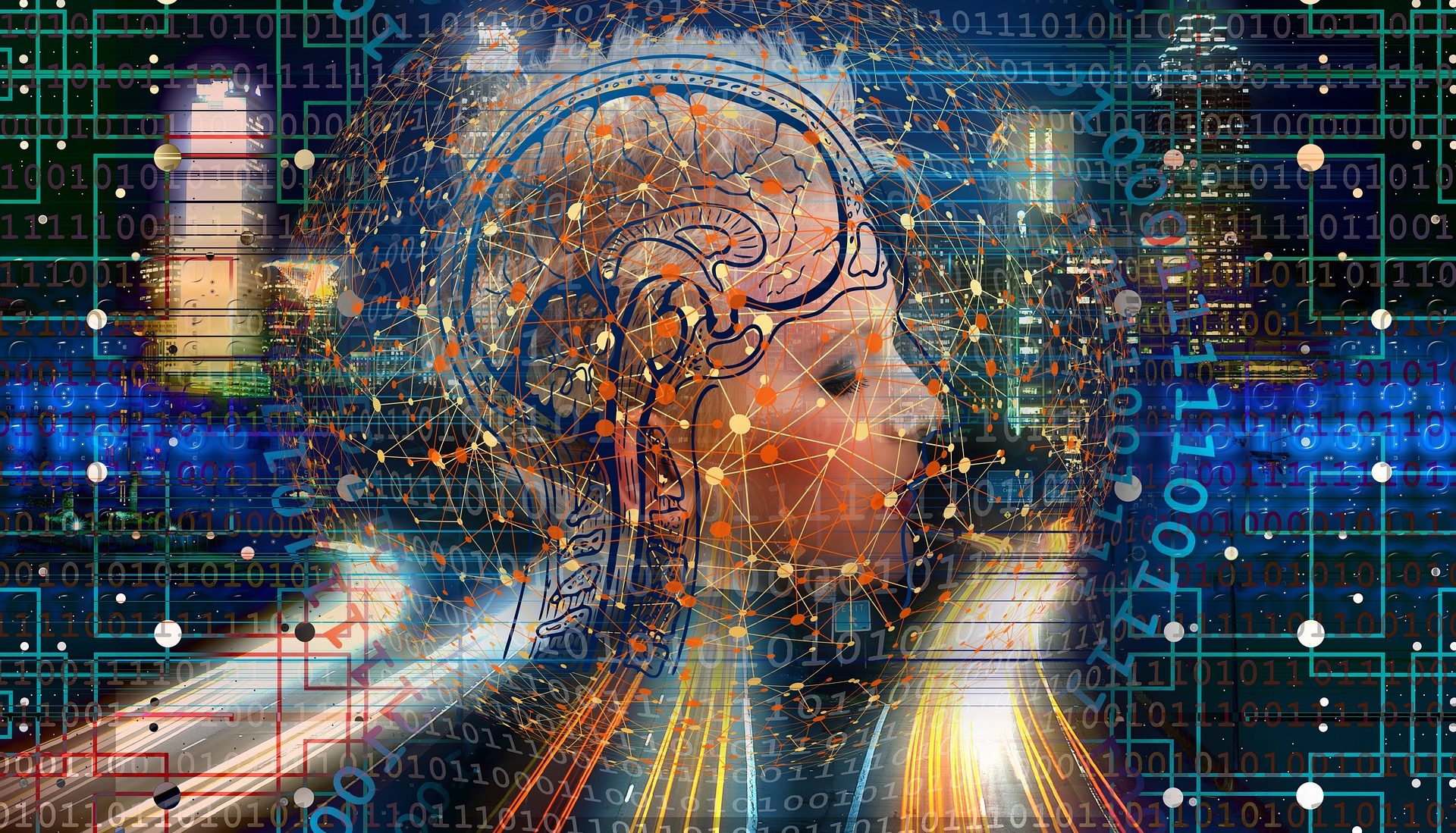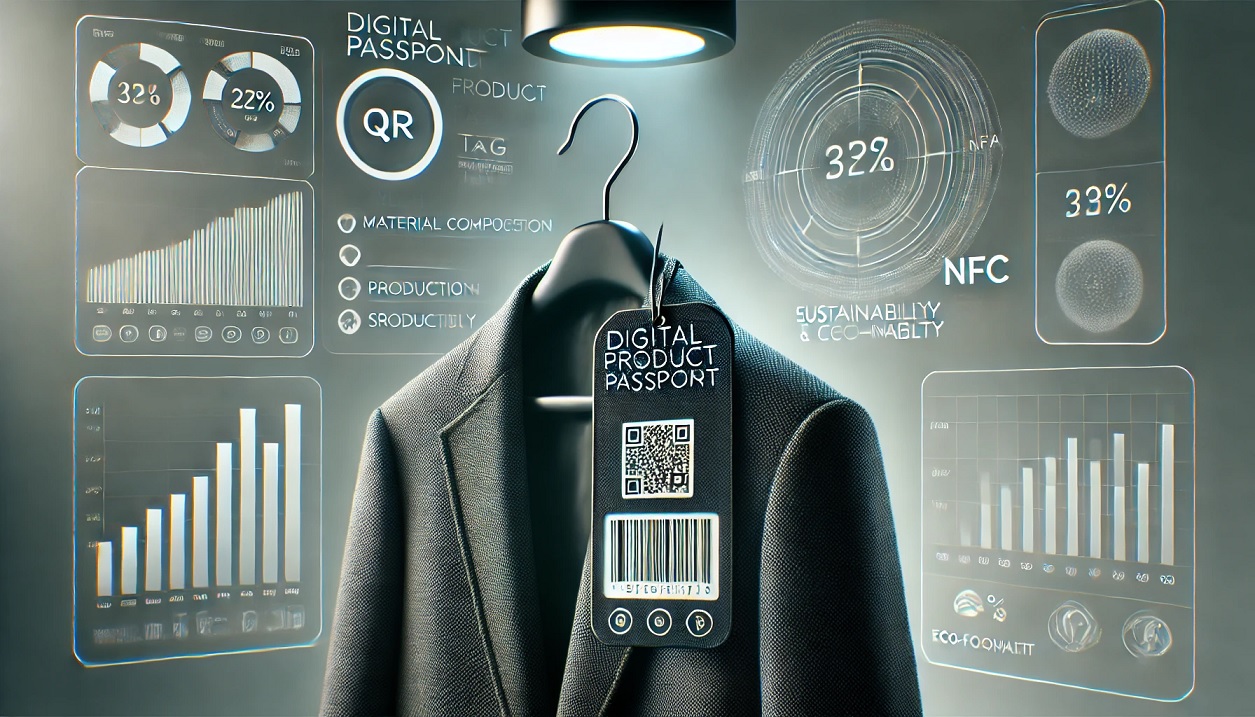This article briefly explains the difference between digitization, digitalization and digital transformation, with some examples from the textile industry.
Digitization
Digitization is the process of converting analog information into digital form, so that it can be easily stored, processed, analyzed, retrieved or transmitted to anywhere and anytime. This can involve scanning, digitizing, or converting analog data or information-on-papers into digital format. For example, scanning a paper document into a PDF file or converting a music cassette into an MP3 file are examples of digitization.
In the textile industry, digitization can help in capturing and storing data from various sources, such as raw materials, machines, workers, customers, suppliers etc. For example, a textile company may digitize its design library to make it easier for designers to access and modify designs. Or a company can digitize color parameters of dyed fabric samples for easier communication. Or a company can digitize all record of their employees, products, samples, suppliers, customers, physical assets, inventory, etc. A company can scan fabric samples and patterns into digital files that can be shared and stored in computer or online.
In a garment manufacturing company, essential information such as shade, shrinkage, width, and other roll details are traditionally recorded in a notebook or on paper. Subsequently, these details are manually entered into an Excel spreadsheet for sharing with the cutting department. This transition from handwritten notes to digital records in a spreadsheet represents the process of digitization.
Similarly, quality checkers stationed on the sewing floor, document defect details on paper. Data entry operators then collect these forms and enter the data into spreadsheets to calculate Defects per Hundred Units (DHU) and generate monthly reports. This practice of transferring the defect information from paper to digital spreadsheets also falls under the scope of digitization.
Digitalization
Digitalization is the process of using digitized data to improve existing business processes and models, using digital technologies. This can involve the use of software, hardware, and other digital tools to automate tasks, improve efficiency, and gain insights into processes or data. For example, a textile company may use digital sensors to monitor and record the temperature and humidity levels in its production facilities to ensure optimal conditions for textile production. A company may use data analytics to get insights from production processes, to improve the operations. A company may use digital technologies to automate production processes or fabric inspection.
Using data analytics to optimize production schedules or inventory levels, or using RFID tags or QR codes to track and identify products throughout the supply chain or using e-commerce platforms to sell products online are some other examples of digitalization. Another example is using 3D simulation to design and test garments before production.
Digitalization may also involve leveraging the collected digitized data to drive useful outcomes and optimize business processes. In essence, it refers to harnessing the power of digitized data for improved efficiency, productivity, and profitability. By integrating various data sources and implementing them collectively, digitalization enhances existing processes to achieve better results.
For example, in case of fabric inspection report, imagine having a cloud-based software application where operator can directly input data using a tablet or mobile phone. Once the report is generated, relevant stakeholders such as quality managers, merchants, and the fabric team receive automatic email notifications for approval or can access the report through the cloud. This streamlined process significantly improves efficiency.
Digital Transformation
Digital transformation involves using digital technologies to enable innovative ways of working, driving value creation, and gaining a competitive edge. It encompasses developing new products or services that leverage digital capabilities, such as wearable devices or smart fabrics, as well as disrupting traditional industry boundaries through new business models.
In the textile industry, digital transformation opens up opportunities for growth and differentiation. For instance, nanotechnology can be employed to create smart textiles capable of sensing and responding to environmental stimuli. By utilizing a cloud-based platform, a textile manufacturer can effectively manage its supply chain, ensuring visibility and transparency in tracking the movement of goods and materials from suppliers to customers. Virtual showrooms can be developed using digital technologies, allowing customers to browse and purchase textiles online. Additionally, platform systems can directly connect customers and producers, eliminating intermediaries, and offering enhanced transparency and personalization.
In a proactive digital transformation scenario, predictive data analytics can help identify potential quality failures prior to production. By suggesting appropriate measures like retraining operators or implementing process improvements, the team can take preemptive action to minimize rework.
Similarly, digital tools can aid in fabric ordering by recommending the most suitable mill partners based on their past performance in areas such as fabric category, defect levels, and lead times. This data-driven approach facilitates informed decision-making and streamlines the selection process.
With digitalization of processes and seamless team collaboration, a centralized platform provides complete visibility of orders, serving as a single source of truth. By offering buyer accounts, customers gain the ability to monitor their orders, promoting accountability and enhancing the overall customer experience.
Summary
Digitization, digitalization, and digital transformation are all important concepts for the textile industry. By embracing these technologies, textile companies can improve their efficiency, productivity, and customer service. Sometimes, the exact line between digitalization and digital transformation gets blurred. However, broadly speaking, digitalization mainly involves improving the efficiency and effectiveness of existing operations or systems by integrating digital technologies, whereas digital transformation is about coming up with newer and better ways of working or newer business models and business directions.



